I HAVE a theory that the more uninspiring a walking route appears on a map, the more interesting it will turn out to be. This complements another theory of mine that the more eager you are to reach a certain goal, the greater your chance of being diverted by something unforeseen that will turn out to be more fascinating. These theories certainly prove accurate in the Durham Dales . . .
If the corporate types who renamed Teesside Airport “Durham-Tees-Valley Airport” in a doomed marketing ploy had been around when Cow Green reservoir became operational in 1971, it would now be known as Teesdale-Pennine-Durham Recreational and Natural Resource Facility or something as equally banal. As it happens, Cow Green it was and Cow Green it remains. That’s a great name and one that should be celebrated. Cow Green is a pleasant place to visit, even on a bad day. And it gets its fare share of bad days.
There is an effervescence of splendid names up here: Great Cocklake, Cauldron Snout, Widdybank Fell, Dodgen Pot, Metalband Hill, Bellbeaver Rigg and ??? my favourite ??? Howl of Harwood. With names like those the unwary walker could quite easily stray into a 19th Century novel and end up betrothed to an excitable young lady in bonnet, crinoline and inappropriate shoes. That would cause some trouble, I expect.
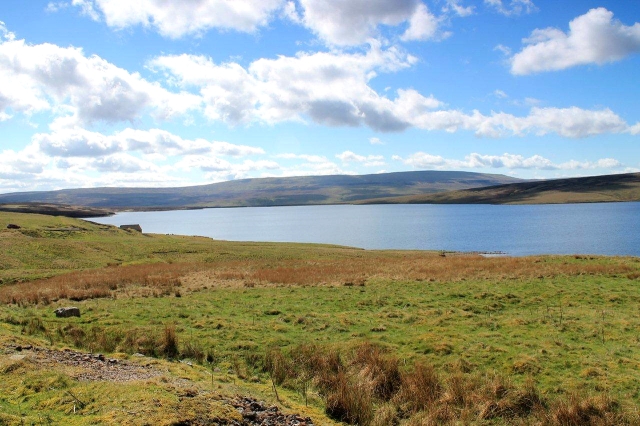
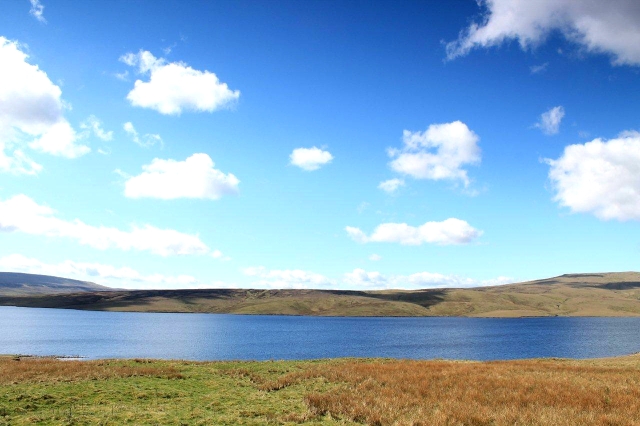 The sun’s shining brightly this morning ??? but by God there is a cold wind. So I set off at a brisk pace from Cow Green reservoir car park on a track that heads north-west towards the source of two of England’s greatest rivers ??? the Tees and the Tyne ??? both of which rise from the slopes of Cross Fell.
The sun’s shining brightly this morning ??? but by God there is a cold wind. So I set off at a brisk pace from Cow Green reservoir car park on a track that heads north-west towards the source of two of England’s greatest rivers ??? the Tees and the Tyne ??? both of which rise from the slopes of Cross Fell.
My plan is to follow the track several miles to where it joins the B6277 near the Cumbria-Durham border, double back down Spitley Tongue (there’s another great name) to Harwood, in Teesdale, then cross the fells to my starting point. It looks boring on the map. But I have a goal.
 A couple of years ago I found references on a website to the old track down Spitley Tongue being the original main road from Teesdale to Cumbria, and that when the new road ??? now the B6277 ??? was engineered there were suggestions is should become the main arterial link between Scotland and England, forming part of a route that went right up the centre of both countries.
A couple of years ago I found references on a website to the old track down Spitley Tongue being the original main road from Teesdale to Cumbria, and that when the new road ??? now the B6277 ??? was engineered there were suggestions is should become the main arterial link between Scotland and England, forming part of a route that went right up the centre of both countries.
This was never to be, of course, because the main roads now run up both sides where all the people are, there being little in the middle except hills, bogs, sheep and reservoirs. But it’s an interesting piece of history. Alas, I have not been able to relocate the website so cannot go into any more detail.
But that fragment of information will make a straightforward walk a little more interesting, so off I plod.

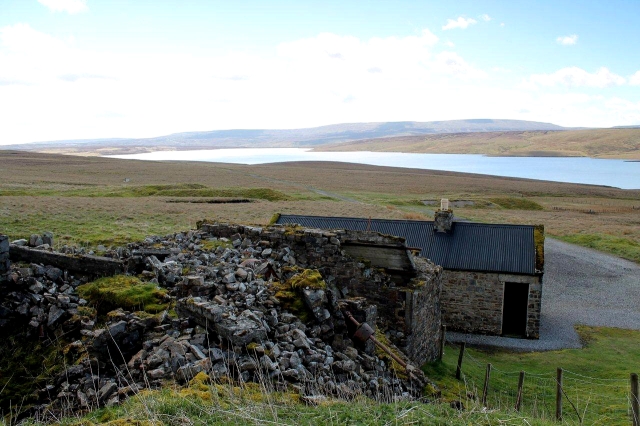 I am immediately deflected by the appearance of a grouse-shooters’ hut among some ruined mine buildings. Like all such huts it is securely locked to prevent people like us wringing out our wet caps and mufflers on the floor.
I am immediately deflected by the appearance of a grouse-shooters’ hut among some ruined mine buildings. Like all such huts it is securely locked to prevent people like us wringing out our wet caps and mufflers on the floor.
But ??? credit where credit is due ??? one room remains unlocked to provide shelter for walkers. There’s a fireplace, table, chairs and a yard brush. What more does a benighted traveller need? A bottle of Beaujolais and a lump of sirloin with game chips would be nice, I suppose. But what the heck. When you’re used to hardship and boiled root vegetables you don’t need comfort.
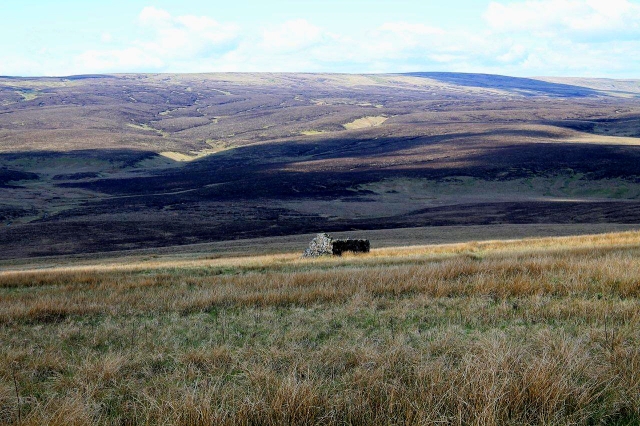 Further along the track my attention is again deflected by the ruins of another lead mine. The remains of an engine shaft and foundations for a horizontal steam pumping engine are in evidence.
Further along the track my attention is again deflected by the ruins of another lead mine. The remains of an engine shaft and foundations for a horizontal steam pumping engine are in evidence.
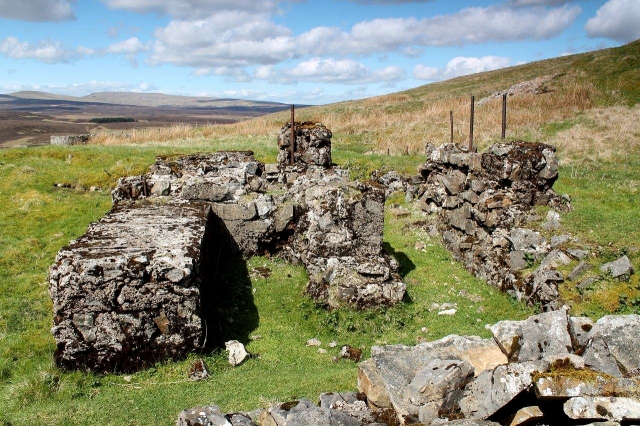 Oh, what joy. It’s simple pleasures such as these that awaken our spirit of discovery and appreciation of the endeavours of our forefathers. Who would have expected a horizontal steam pumping engine to have been bolted to its concrete anchors is such a remote location as this and at an altitude of 1,900ft (580m)? Not me, evidently.
Oh, what joy. It’s simple pleasures such as these that awaken our spirit of discovery and appreciation of the endeavours of our forefathers. Who would have expected a horizontal steam pumping engine to have been bolted to its concrete anchors is such a remote location as this and at an altitude of 1,900ft (580m)? Not me, evidently.
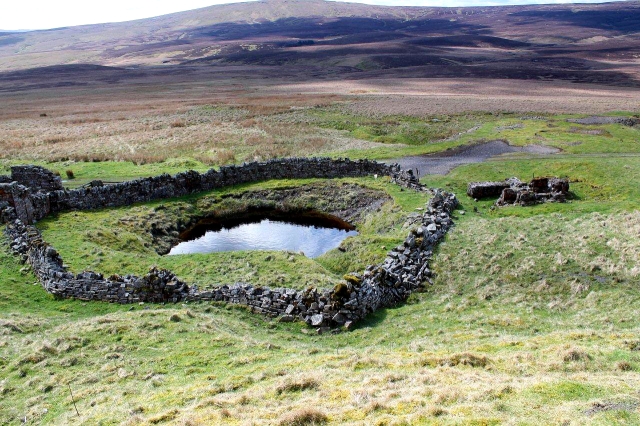
The collapsed shaft is the black hole, which now has a wall around it to prevent animals and people meeting a terrible end. The steam engine would have been situated on the foundations to the right of the picture and would have worked the pump at the foot of the shaft by a system of reciprocating rods, probably with an ???angle bob??? ??? to convert the horizontal motion to vertical motion ??? at the shaft collar. There would also have been a means of hauling materials up the shaft, though this is not immediately obvious.
This once productive enterprise was known as Green Hurth Mine. A little research reveals the pumping shaft to have reached a depth of 231ft (70.5m). The mine was producing hundreds of tons of lead ore and a small quantity of zinc during the 1890s but had fallen idle by 1902. A rather tragic entry on the Durham Mining Museum website notes the death of one Mark Allison, aged 32, on October 26, 1882, killed “in a fall of ground from side of working place”.

The main adit level at Green Hurth Mine. Whereas the pumping shaft appears to have worked the lead veins beneath ground level, this tunnel appears to have been the main access to the working in the hillside above. Water still drains from the tunnel mouth.
I wander on across miles of empty moorland before joining the B6277 and the world of fast cars and motorbikes, then slip quietly down the cobbled track on Spitley Tongue. This was, apparently, the old main road to the market town of Alston. It remains very neatly and tightly cobbled in places, unlike the usual boggy or rocky moorland tracks. It’s a pleasure to plod down.
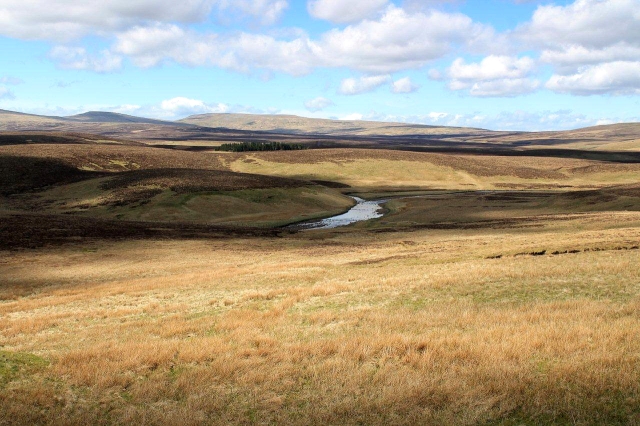
The headwaters of the River Tees. The mountain in the background is Cross Fell, which at 2,930ft (893m) is the highest peak in the Pennines and the highest peak in England outside the Lake District

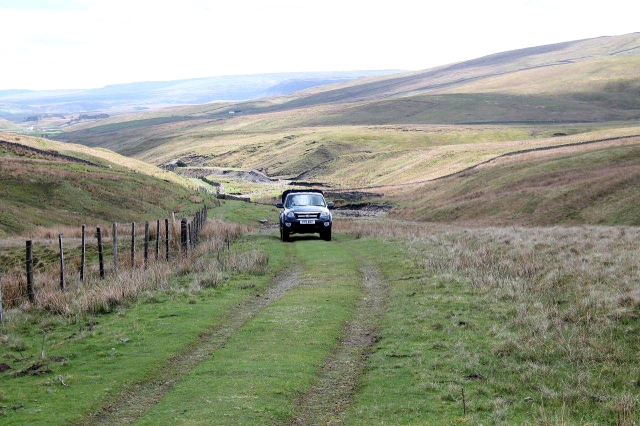
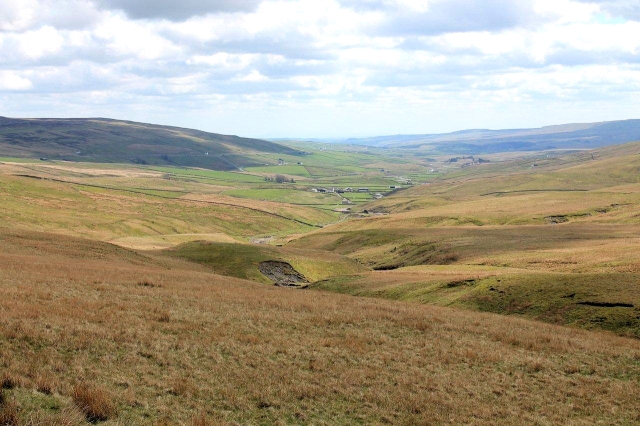
 And at Spitley Tongue’s foot, where my track joins Harwood Beck beneath the wilds of Howls of Harwood, I make another startling discovery.
And at Spitley Tongue’s foot, where my track joins Harwood Beck beneath the wilds of Howls of Harwood, I make another startling discovery.
To some people, notably those who fail to appreciate the finer things in life, a cast-iron pipe sticking out of the ground might seem of little consequence ??? certainly not worthy of mention in a blog post. But this is no ordinary cast-iron pipe. This is what’s known as a rising main. This is the artery up which huge volumes of water were pumped every day from the workings of Lady’s Rake Mine.
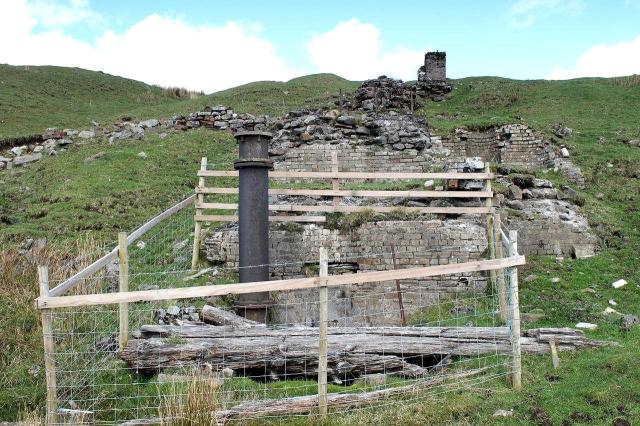

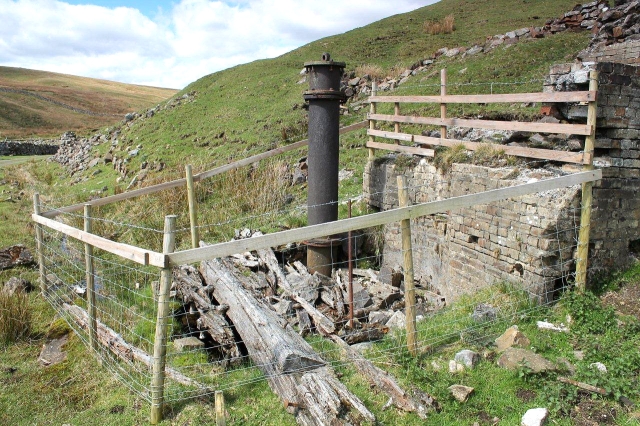 Lady’s Rake is a scheduled monument. The shaft was 305ft (93m) deep and is now flooded to the collar. The rising main disappears into the depths and is probably still connected to the pumping apparatus way down beneath my boots in a world of absolute darkness.
Lady’s Rake is a scheduled monument. The shaft was 305ft (93m) deep and is now flooded to the collar. The rising main disappears into the depths and is probably still connected to the pumping apparatus way down beneath my boots in a world of absolute darkness.
The mine was operated during the boom years of the 19th Century by the London Lead Company, commencing in 1868 and producing lead and a small quantity of barytes. After 1910 it operated under new ownership for a number of years before closing during the First World War. It then reopened briefly in the late 1920s and was finally abandoned in 1930. It’s a fascinating place ??? if you like iron pipes and humps in the ground. I like both, but I’m a man who is easily pleased.
Crossing the river I stumble upon the ruins of the chapel of St Jude (the brother of St James the Less, who has a church further down the valley). This is a sad place. There’s a tiny schoolhouse attached to the chapel, and its two rooms were once divided by one of those big wood and glass partitions that used to fold away concertina style. The remains of the partition are lying in the dust and dirt. Only rabbits and pigeons attend class these days.
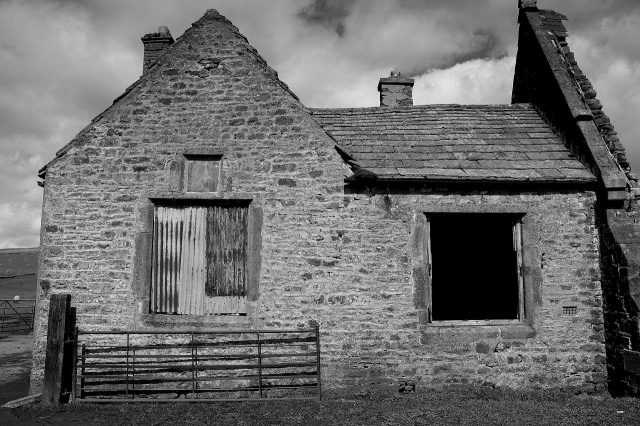
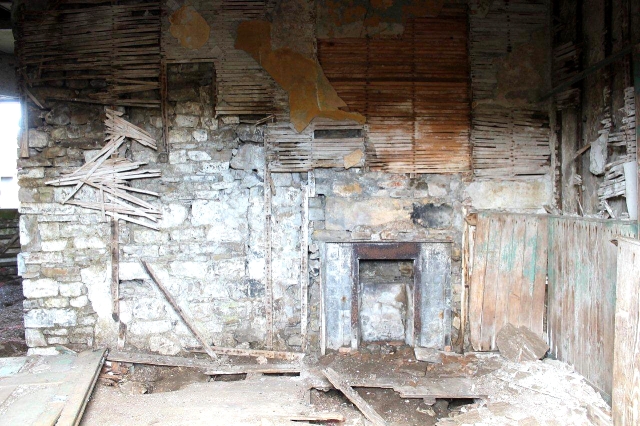
 According to the Teesdale Mercury of October 5, 1938, this chapel of ease was built about 1733 but never consecrated.
According to the Teesdale Mercury of October 5, 1938, this chapel of ease was built about 1733 but never consecrated.
The schoolmaster said the prayers and read sermons. This was no uncommon arrangement in the counties of Cumberland and Westmorland, even to a very late period. The chapel was a very humble one, but not altogether unecclesiastical in its arrangement. Harwood chapel was never consecrated and is perhaps the most secluded in the diocese. George Carpendale, the only person in holy orders who ever served Harwood, was a peculiar character. Tiring of the solitudes, he left his wife and his family in Baldersdale and went to London, for being a seafaring man the city called him with its pleasures and excitements.*

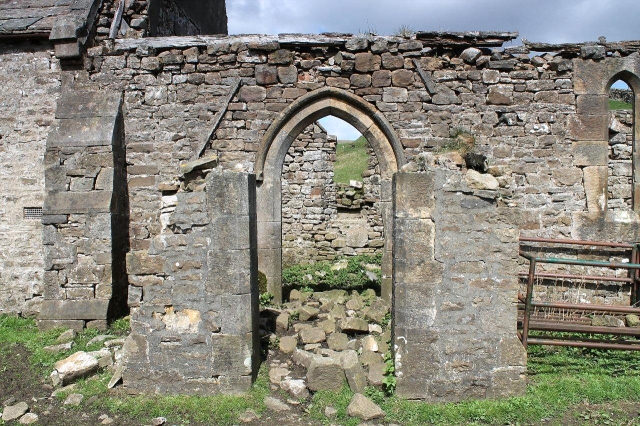
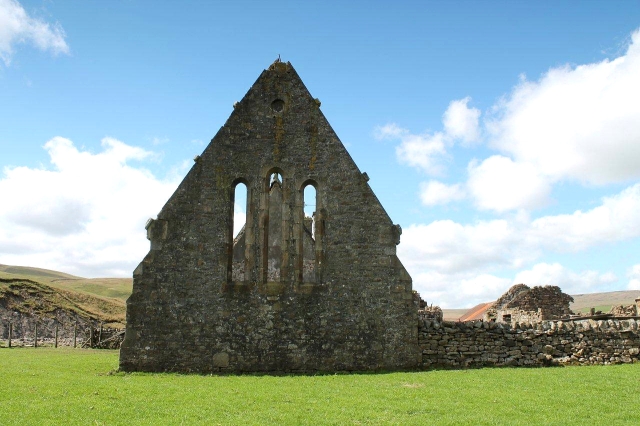 Walking on, somewhat thoughtfully, I cross the rough pasture above High Stoney Comb, spotting lapwings’ and curlews’ nests ??? both with full clutches of eggs ??? and climb over West Common to my starting point at Cow Green reservoir.
Walking on, somewhat thoughtfully, I cross the rough pasture above High Stoney Comb, spotting lapwings’ and curlews’ nests ??? both with full clutches of eggs ??? and climb over West Common to my starting point at Cow Green reservoir.
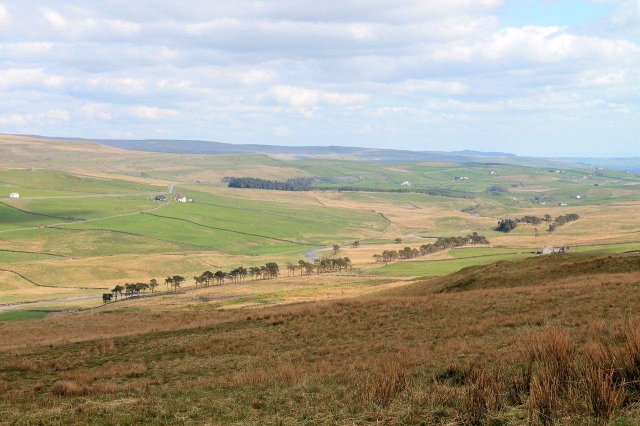

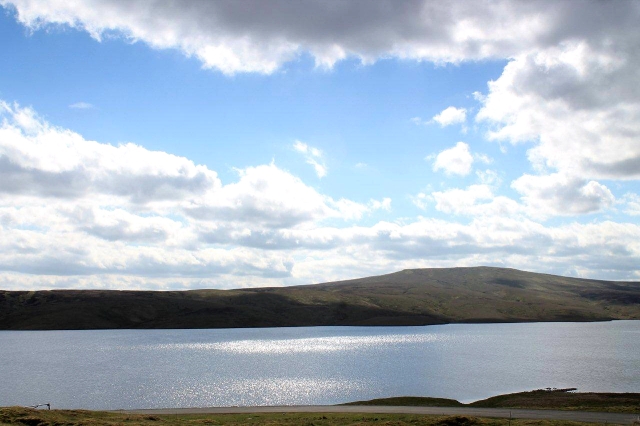 It’s a fine afternoon and waves are sparkling in the sunshine. There is still a cold wind blowing from somewhere, but it’s pleasant to sit in the shelter of the car, supping hot tea and listening to the moorland birds piping in the distance.
It’s a fine afternoon and waves are sparkling in the sunshine. There is still a cold wind blowing from somewhere, but it’s pleasant to sit in the shelter of the car, supping hot tea and listening to the moorland birds piping in the distance.
What’s rewarding about today is that I went in search of one thing but found much, much more. I searched for an old road but discovered tragedy, history, and the wonders of nature. Perhaps that’s what life’s about. You search for one thing but the true riches are already scattered about you.
Actually, rereading that previous paragraph, I should be doing Thought For The Day on a regular basis, don’t you think? I might give John Humphrys a ring to see if there’s a job going.
- Most of the mining details in this post were gleaned from the Durham Mining Museum website, which is, dare I say it, a mine of information.
- Lady’s Rake Mine is a scheduled ancient monument. A detailed account of its history and description of its operation can be accessed on the English Heritage website HERE.
- * This account of St Jude’s Chapel is taken from the Teesdale Mercury archives, but because the source was a photocopied newspaper page from 1938, and some of the words were on the fold and therefore illegible, it might not be word for word accurate.



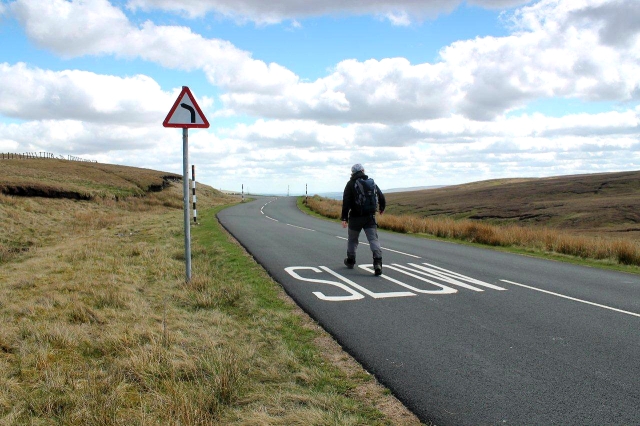
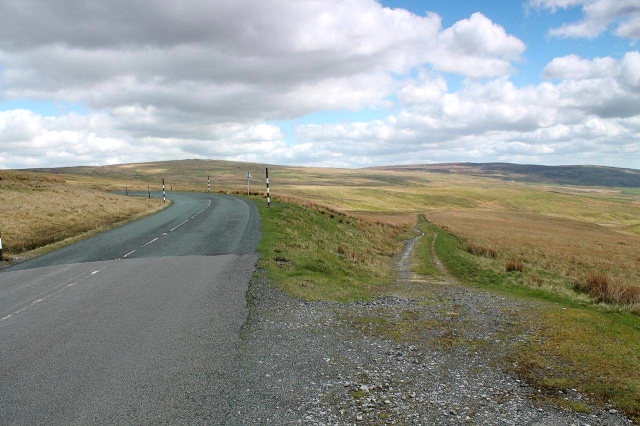
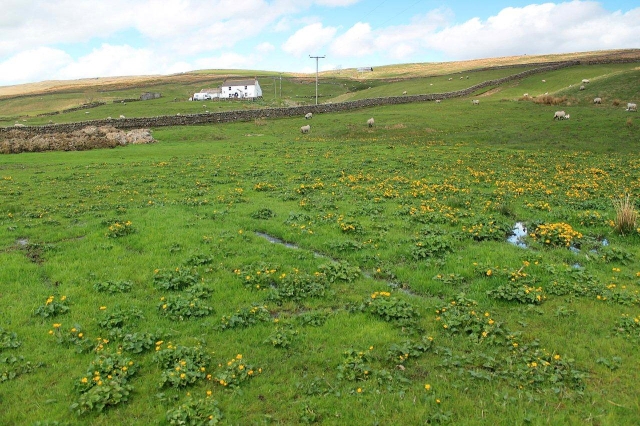


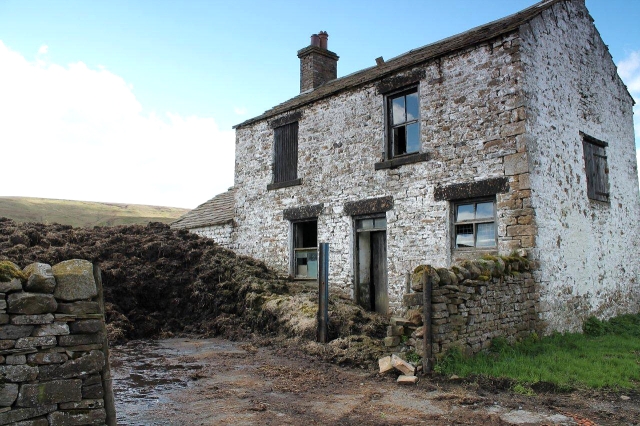
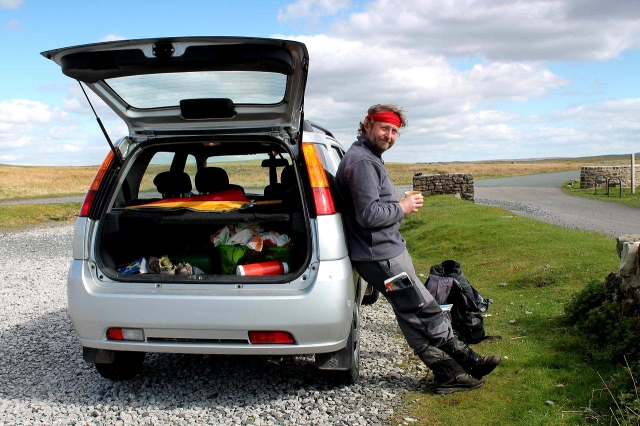
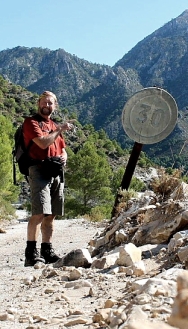
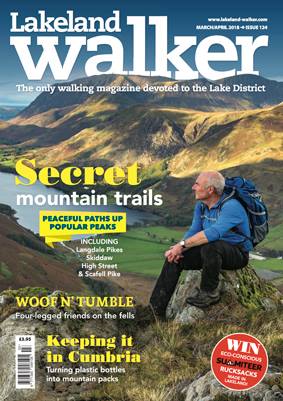


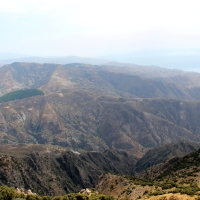
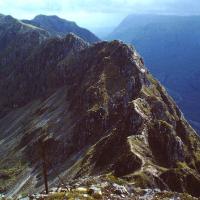
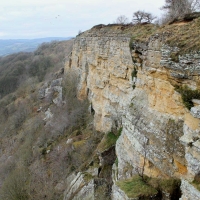

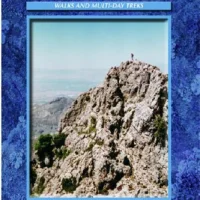


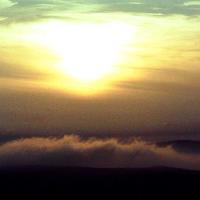





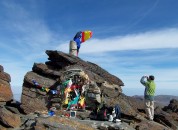



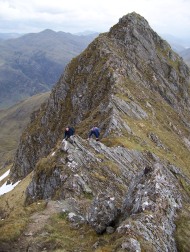
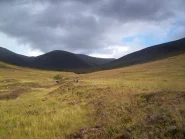





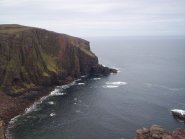
Lovely piece and you’re so right about the names. Good luck with the thought for the day job!
LikeLike
Hi Anne. Thanks for that. Tune in to Radio 4. One of these days I’ll be on there!
Cheers, Alen
LikeLike
Another great post (I love reading your blog – and the photos are superb). I don’t know the areas in this post very well – my misfortune, but they look wild and remote – just like the places I inhabit in my part of the world. And I love the old lead mines too. I remember once many years ago I was on my own up Meugher at the top of Grassington moor – very remote and wild. It started to rain very heavy and I raced for an old shooting hut high on the moors – hoping I could shelter from the driving rain. Fortunately a door was open and I went inside – and to my amazement it was full of crates of whiskey (about a dozen at least) and several birds hanging up on hooks on the beam. Now I am an honest person and could have taken my fill – but I didn’t. Although I did open a bottle and had a small ‘dram’ whilst waiting for the rain to subside! Coming back outside I was stopped by the gamekeeper (with a shotgun) and his mate and he asked me if I had been in the hut. I told him I had been sheltering, saw the whiskey and birds but didn’t take any – and they bid me on my way! I don’t know what would have happened if I had taken anything, but I was really glad I hadn’t!
LikeLike
Hi James. That’s a good story. Now we know why those shooting huts are always locked up. The next one I come across I’ll look under the step to see if I can find a key.
The nearest I’ve come to something like that was when I was walking back to Helmsley past Rievaulx Abbey one day and there was a pheasant shoot going on in the woods. Parked up in the trees was an open-backed Land Rover absolutely chock full of pheasants. I was sorely tempted to stuff a brace in my rucksack, but like you I didn’t. I didn’t see any whisky, though.
Cheers, Alen
LikeLike
Interesting point about what makes a good walk. Some are interesting from the moment you start and others have an atmosphere and memories which travels home with you. Those unexpected discoveries make all the difference.
And the contrast between names then and names now is just ridiculous. Durham-Tees-Valley Airport compared to Bellbeaver Rigg shows how unimaginative people have become. We should start by renaming the motorways: M6 becomes . . . Hobcobblers Lane (or something!)
I wonder if George Carpendale found his pleasures aand excitements?
Chris
LikeLike
Hi Chris. I wondered what became of George Carpendale but he disappeared off the radar. It’s probably just as well. But if his life story doesn’t make the basis for a novel then I don’t know what does. Parson leaves wife and family in remote valley for life of pleasure and excesses in the big city ??? blimey, that’s a BBC television series.
I like the idea of renaming the motorways. We live in a bland world where the unimaginative rule and the imaginative find solace writing blogs.
Cheers, Alen
LikeLike
I really enjoyed reading this. All that history all around us, and most of the time we don’t notice it’s there. I may look out for that old road myself one day. Thank you.
LikeLike
Hi Tracey. Yes, you’re right about the history all around us. I knew about the old road but the other stuff I just stumbled upon and did some Googling. It’s amazing what you can turn up just by pressing a few keys. Teesdale is beautiful and it’s a great time of year to be up there.
Cheers, Alen
LikeLike
I do not hope that celery is among the root vegetables, Alen. It’s great with challenges, but it can be too violent ????
Beaujolais and sirloin in the mountains, with roasted vegetables it beats NOMA in Copenhagen.
The lapwing is an art of flying, it’s great to see the acrobatics. It exceeds the The Red Baron of World War 1.
Wonderful hike and beautiful images, Alen.
All the best,
Hanna
LikeLike
Hej Hanna. I have some little celery plants on my allotment but I haven’t planted them outside yet. The slugs always eat them anyway.
I have just taken a look at the Noma menu. I rather fancy the pickled and smoked quails’ eggs and the wild duck, pear and kale. I might even appreciate the sea urchin toast and the white cabbage and samphire. But I’m not so sure about the caramalised milk and cod liver or the beef tartar with ants. And there are no prices. I expect it isn’t cheap. Sounds interesting though. Twenty courses and dress is informal. Can I keep my hiking boots on?
I like lapwings because I grew up in an area where there were flocks of them. Their call is the call of wild places. It is always a thrill to find one of their nests on the ground.
Cheers, Alen
LikeLike
I once visited a 5 star restaurant in Austria and I was soaking wet and starving of course. The water ran from my hiking boots pants and jacket. They did not raise an eyebrow. They just asked if there was anything they could do to make me comfortable. That is quality. I don’t know if Noma can match that ???? Never been there.
Sorry I’m in Austria when talking about the Old Roads
LikeLike
Hanna, you always make me laugh. Quality is all that counts. I hope the meal was to your satisfaction, wet boots or not.
Hope you’ve had time to dry out, Alen
LikeLike
Good stuff Alen, I have walked this area before but it was interesting and informative to read about the history of the area.
LikeLike
Hi Mark. Thanks for that. It’s a great area and there is always something different to see. No matter how many times you go there!
Cheers, Alen
LikeLike
Your next job should definitely be guided walks up on them thar moors – you’d certainly make an extremely interesting guide with your mining knowledge!
Carol.
LikeLike
Hi Carol. With my track record someone would fall down a bloody great hole on the first day.
Cheers, Alen
LikeLike
In today’s suing culture, that worries me too!
LikeLike
Alen, another terrific post. I just love all your information about reciprocating rods! You seem to have a thing about lead mines; is there something hidden in your genes (ancestry!!) that needs to be discovered?
LikeLike
Hi Ash. The world was a far better place in the days when reciprocating rods were to be found in almost every upland area.
You can’t walk far around my neck of the woods without stumbling upon old lead mines. I get a great deal of satisfaction just trying to put some flesh on what are otherwise very dry bones. It helps to pass the time.
Cheers, Alen
LikeLike
What a great post, Alen. I can’t get over how you just wander up onto the moors and stumble across old mining equipment (or mine shafts). I guess it’s because you know what they are whereas most people would overlook them. That old road is a delightful find. Do you think it’s Roman in origin? I love the old schoolhouse and chapel as well – there certainly is a story wrapped in those walls, waiting to be told. And the glorious openness of the moors, and the birds – good for the soul.
LikeLike
Hiya Jo. I wondered about the old road being Roman, but the short answer is I don’t know. There certainly are Roman roads in the immediate vicinity because one comes over from Weardale into Teesdale just down the valley. The Romans were all over the place so they must have had a presence right up Teesdale in one form or another.
The old school house was a sad place. It’s been left to the elements, which is a great shame. I tried to find a date for its abandonment but couldn’t come up with anything.
Cheers, Alen
LikeLike
It is a fascinating landscape.
LikeLike
Hi John. It certainly is.
Cheers, Alen
LikeLike
Hi Alen, I don’t know about the places you’ve been and among the posts that I followed, yours is the only one who ventures into places like that, Your part of the world is different with mine. When I read your posts, I learned new things and understand even if most of them were totally new to me. Love walking with you in your wanders and discoveries..
Loty
LikeLike
Hi Loty. Thank you very much for your comment. My part of the world is very beautiful, but it can also be very cold and wet. Today, for instance, there is no sun and there’s a storm on the way. But it’s all part of life.
Cheers, Alen
LikeLike
Hi Alen great post!! I was up that ways last autumn did you see the giant water wheel pit below the Green Hurth Mine??
LikeLike
Hi Graham. No, I missed that, unfortunately. I’ve just been looking at it on Bing Maps satellite view. It appears to be aligned with the engine shaft above the track. There is definitely a straight line in the turf linking the two, as if there’s been a haulage or pump-rod arrangement. I’m going to have to go back now and have a look!
Cheers, Alen
LikeLike
Great stuff I thought you would find that interesting Alen!! ????
LikeLike
A great read. I live near to cowgreen and my grandfather worked on its construction. A local man in langdon beck is a retired miner and knows all about these mines.
LikeLike
Hi Lee. Thanks for that. I must get up that way again soon. It’s a fascinating area.
All the best, Alen
LikeLike